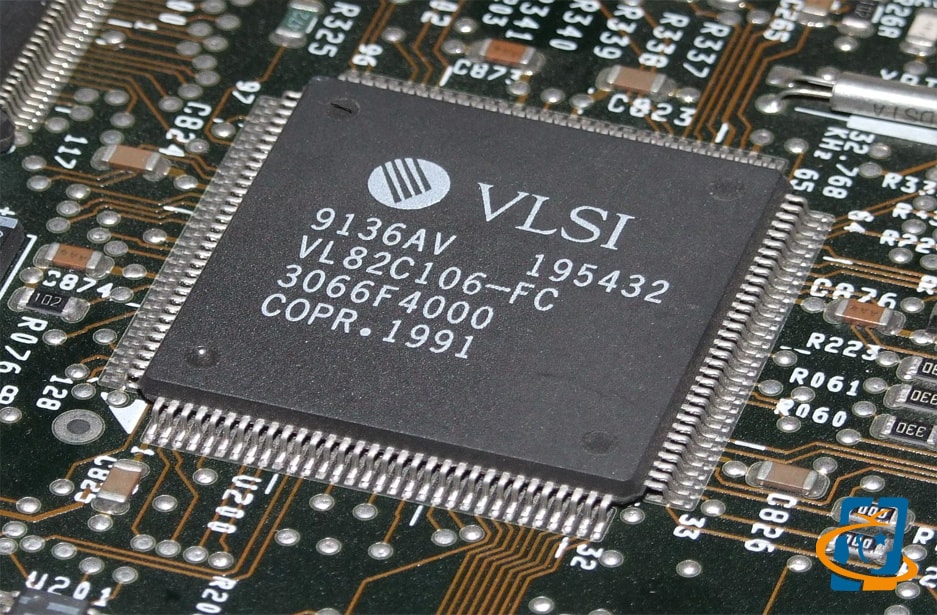Overview
A solid understanding of the VLSI Design and solution techniques provide students a boost when they work as industrial designer so that they will be able to identify the key problem points and focus his creative attention. Very-Large-Scale Integration (VLSI) is the process of creating Integrated Circuits by combining thousands of transistors into a single chip.

Course Details
Day 1:
Session 1: Presentation on Recent Trends In IC Fabrication Industry
-
Introduction To VLSI
-
Why We Need VLSI
-
Where VLSI?
-
Evolution In VLSI
-
Area Of Applications
-
DATA Flow in Chip Designing Process
-
Introduction to Designing Of Chip
-
Introduction to Verification of Chip.
Session 2: Introduction to HDL
-
What Is HDL
-
Need Of HDL
-
Introduction To Verilog HDL
-
Introduction to ModelSim
-
My First Verilog Program
-
Code Designing
-
Design Verification and Simulation
Session 3: Project Application Explanation & Hands-On Experiments
-
Modules and Ports
-
Gate Level Modeling
-
Data Flow Modeling
-
Behavioral Modeling
-
Examples
-
Introduction To FPGA And ASICs
-
Interfacing
Day 2:
Session 4: Introduction to Adders
-
Introduction to Adders
-
Theory based Example
-
Implementation of Ripple adder on FPGA
Session 5: Introduction to BCD
-
Introduction to BCD
-
Basics of Seven Segment Decoder
-
Pin Description of IC4774
-
Implementation of BCD To Seven Segment Decoder On FPGA
Session 6: Introduction to Shift Register
-
Introduction to Shift Register
-
Few Examples
-
Implementation of 8 Bit Shift Register On FPGA
Register Now
Our Technologies








